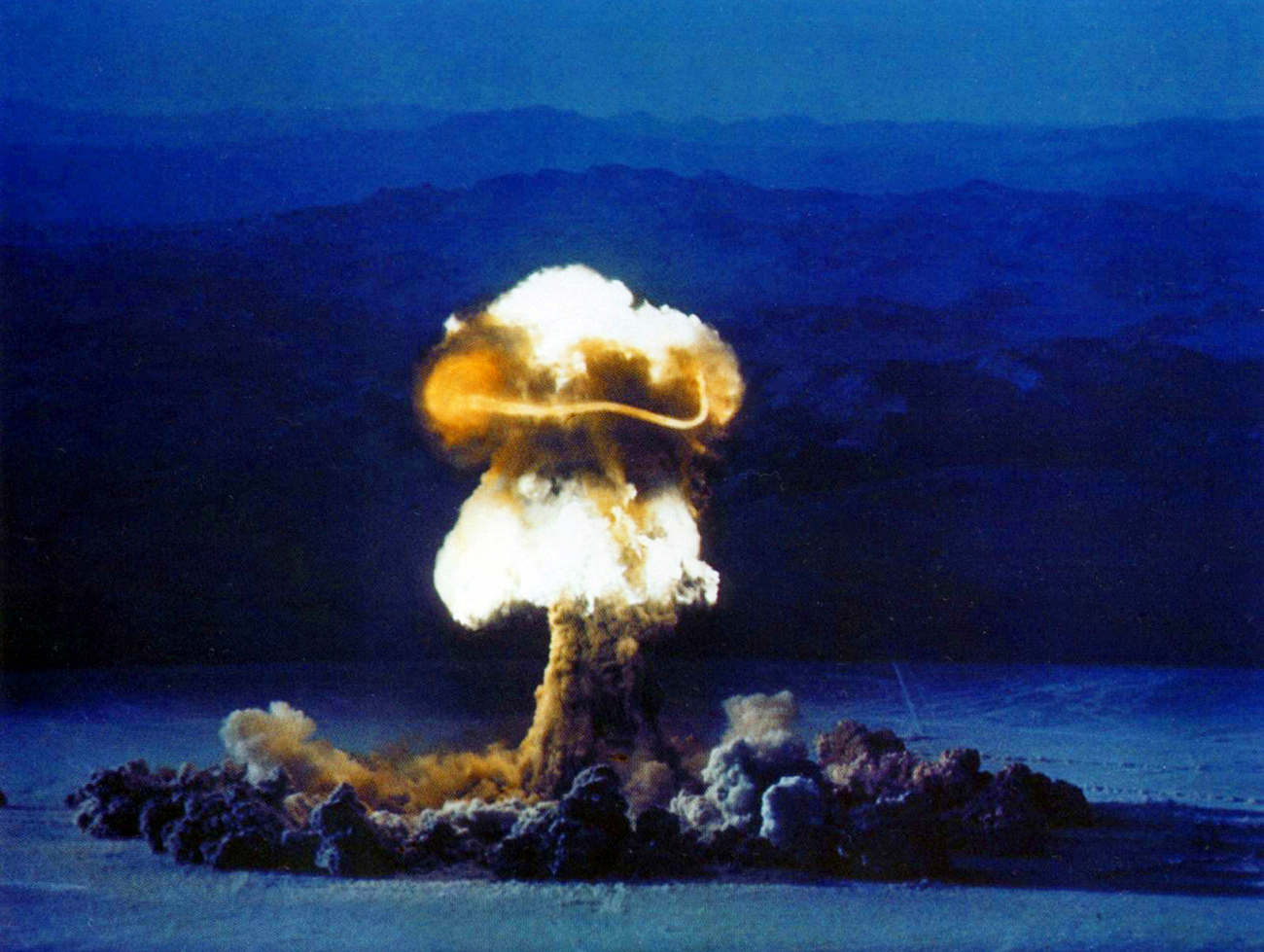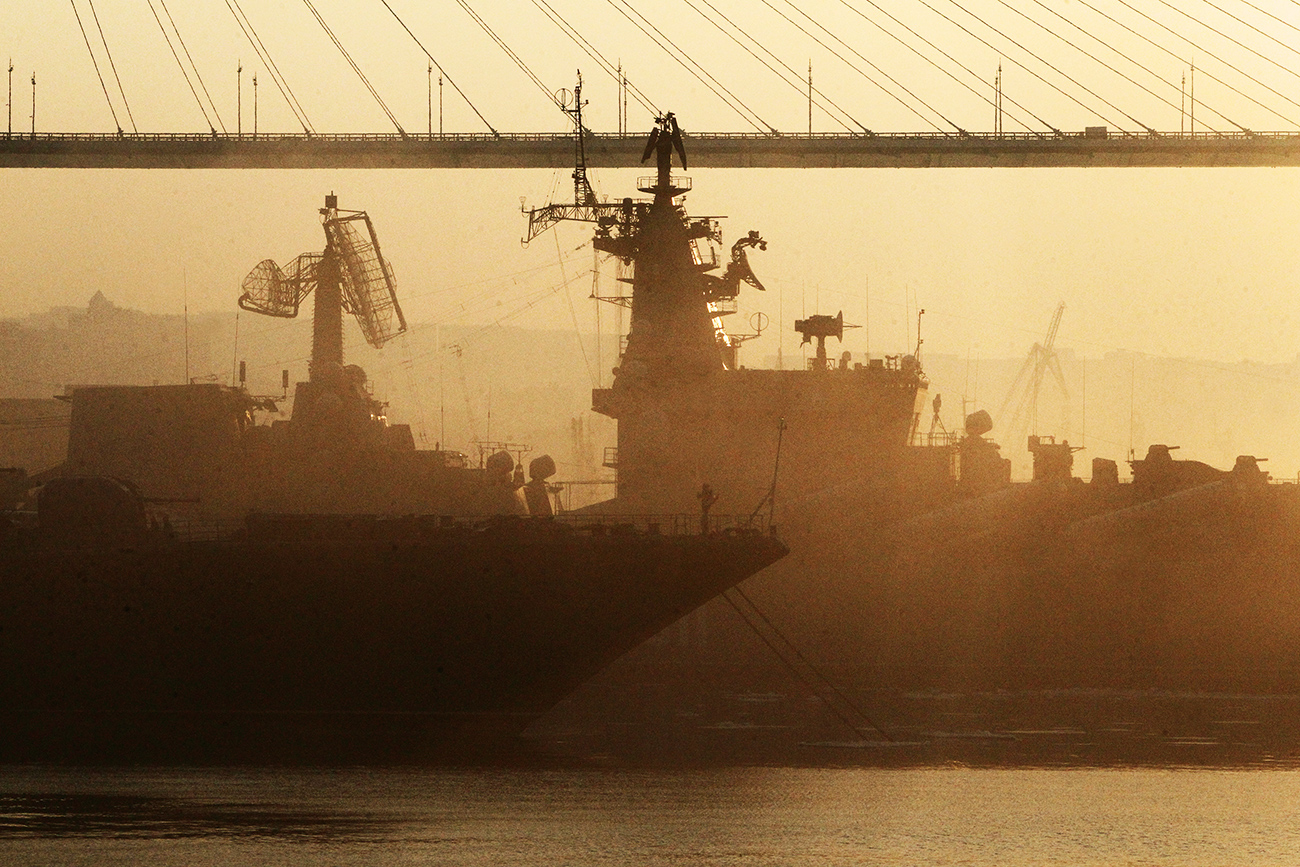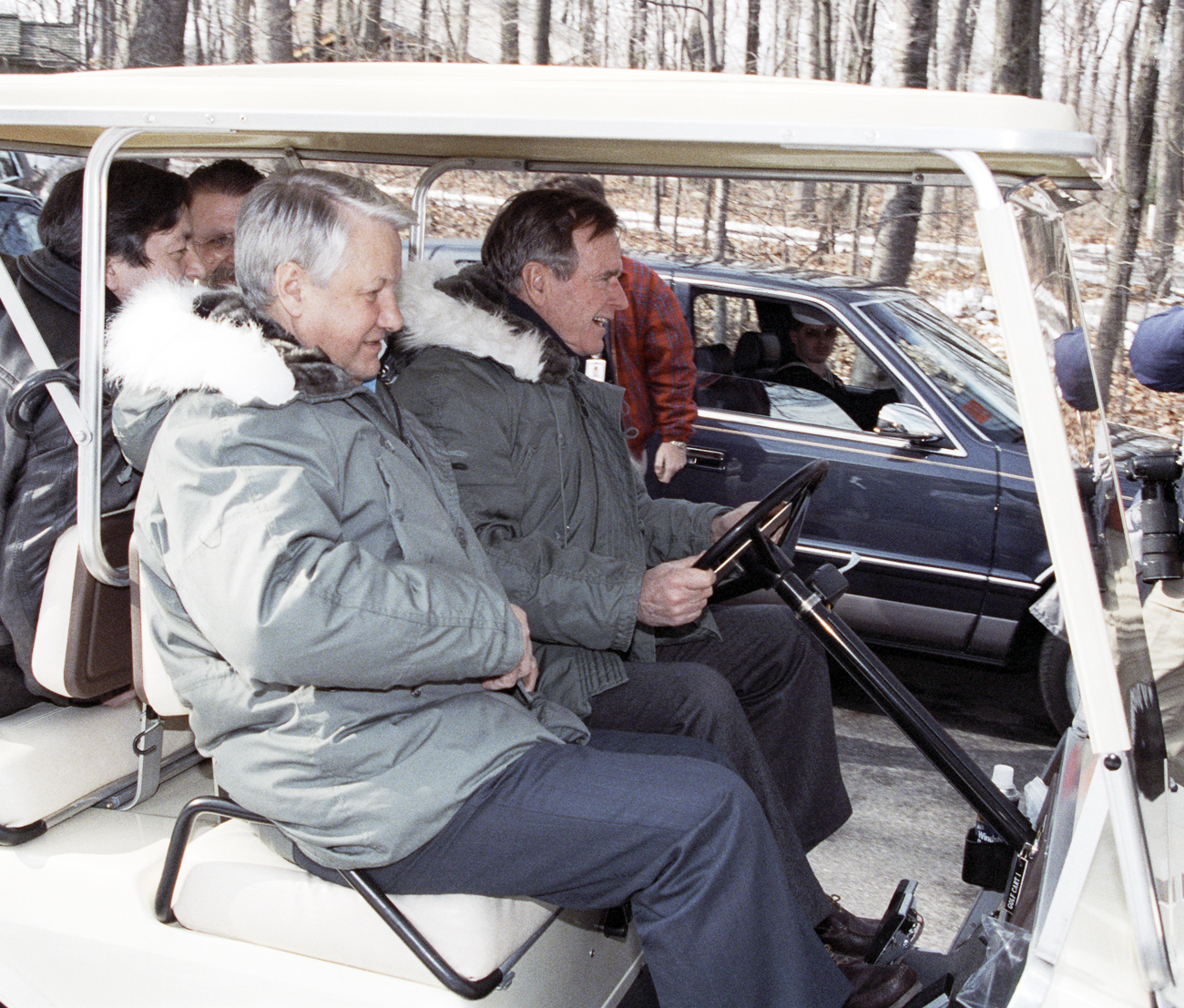Korean War: How the MiG-15 put an end to American mastery over the skies

Russia’s air aces repeatedly defeated much larger enemy fighter formations.
Itar-TassIn September 1950 the U.S. Air Force (USAF) conducted a massive daytime raid on the North Korean town of Sinuiju. The raid conducted by eighty B-29 bombers resulted in the greatest loss of life since the American atomic bombing of Nagasaki. The entire town, which was built from bamboo and wood, burned to the ground. More than 30,000 innocent civilians were burned alive.
Unable to stop these raids by the air forces of the U.S., Britain and Australia, the North Koreans appealed to Moscow. The Russians sent in their latest MiG-15 flown by battle-hardened veterans of World War II.
The result was dramatic. In the very first aerial battle between Russian and American planes over Korea on November 1, 1950, the Russians shot down two Mustangs, while losing none of their MiGs.
“American mastery of the Korean skies had come to an end,” writes former fighter pilot Sergei Kramarenko in his book, ‘Air Combat Over the Eastern Front and Korea.’
Over the skies of Korea, Russia’s air aces came up against their western opponents in the first fighter-against-fighter clashes of the jet age. In deadly air battles over the peninsula the Russian pilots repeatedly defeated much larger enemy fighter formations and sent dozens of bombers to their doom.
In the first of this two-part series we examined some of the key air battles that changed the shape of air combat and forced the West into defensive mode. In this concluding section we will look at the reasons for Russian dominance against overwhelmingly larger western air forces.
MiG-15: Jet that shocked the West
The MiG-15 was a key factor in establishing Russian dominance. The aircraft had a higher ceiling than western aircraft such as the F-86 Sabre so Russian pilots could easily escape by climbing to well over 50,000 feet, knowing that the enemy could not follow.
Secondly, the MiG had much better acceleration and speed – 1,005 km/h versus 972 km/h. The MiG’s 9,200 feet per minute climbing rate was also greater than the 7,200 feet per minute of most F-86 versions.
A critical factor in the air war was the difference in armament. The MiGs were armed with cannons capable of hitting a target from a distance of 1,000 meters, while the American B-29 bombers’ machine guns were set for a range of 400 meters.
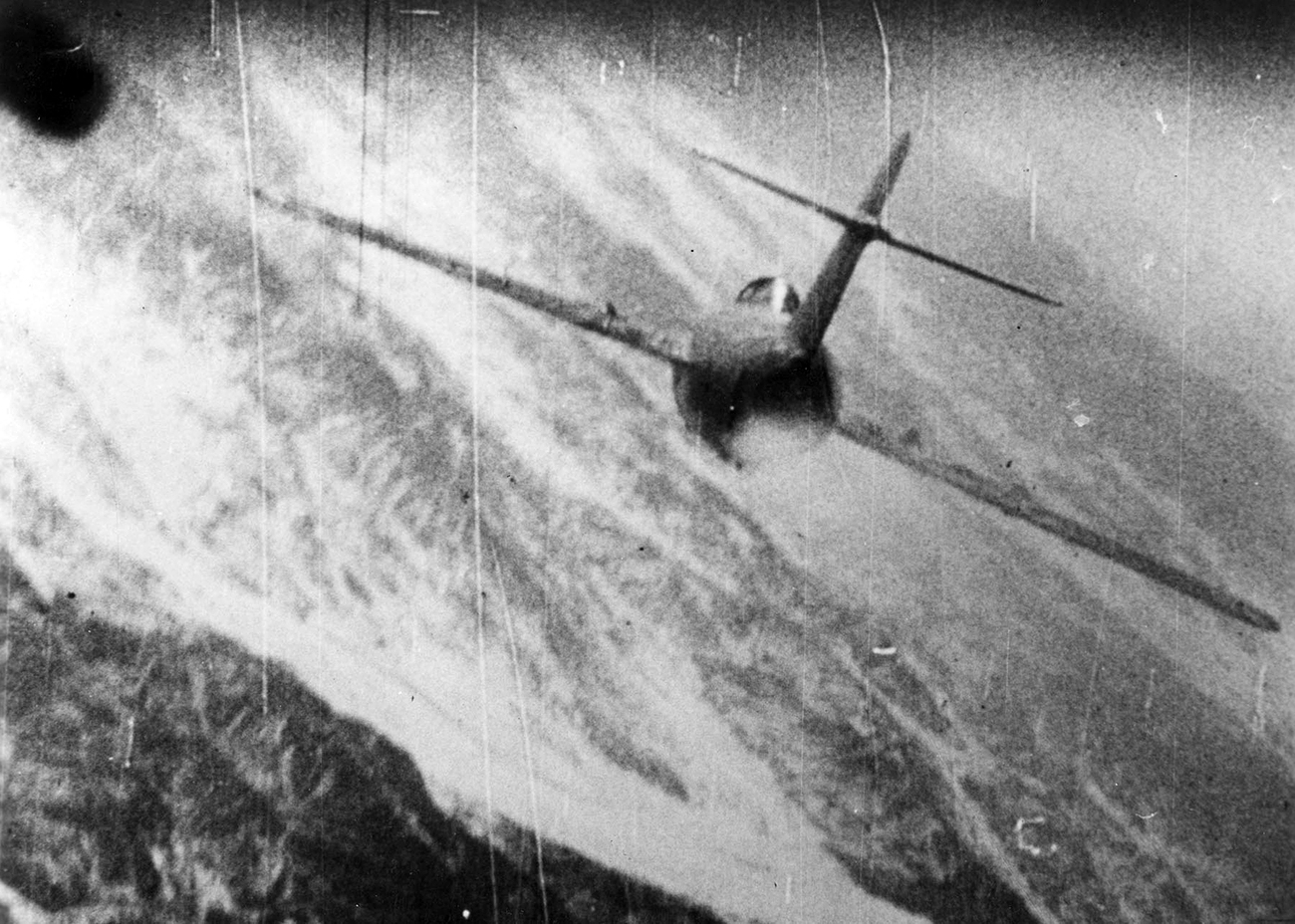 A critical factor in the air war was the difference in armament / USAF
A critical factor in the air war was the difference in armament / USAF
Kramarenko explains: “It turned out that in the range between 1,000 and 400 meters our planes would fire and destroy the bombers while still outside the range of their machinegun fire. It was the largest miscalculation of the American command – an error of their designers and aircraft producers. Essentially, the huge and expensive bombers were defenseless against the cannons of our MiGs.”
The MiG-15’s high explosive bullets would rip a hole approximately one square meter in size on enemy aircraft. Few of these aircraft flew again even if their pilots miraculously managed to take their stricken plane back. On the other hand, the MiG-15s with their thicker skin could take a lot of punishment and return home safe.
Retired Air Force Lieutenant General Charles “Chick” Cleveland told Air & Space Magazine: “You have to remember that the little MiG-15 in Korea was successful doing what all the Focke-Wulfs and Messerschmitts of World War II were never able to do – drive the United States bomber force right out the sky.”
WWII hardened pilots
Most of the Russian fighter pilots who took part in the Korean War were air aces of the WWII which had ended barely six years ago. So were the American and British pilots. Pilots of all three countries had fought against the highly trained German Luftwaffe, but there was a difference.
The air battles that accompanied the Russian advance westward toward Berlin were pitiless. There the Red Air Force confronted increasingly desperate, outnumbered but still deadly Luftwaffe pilots who were defending their homeland.
The Russian pilots, therefore, had much better combat experience and possessed better dogfighting skills than their western opponents.
For instance, the first large Russian aviation unit sent to Korea, the 324th IAD, was an air defense interceptor division commanded by Colonel Ivan Kozhedub, who, with 62 victories, was the top Allied ace of World War II.
Better tactics
The Russian also ran better tactics that outclassed the western air forces. For instance, large formations of MiGs would lie in wait on the Chinese side of the border.
When western aircraft entered MiG Alley – the name given by western pilots to the northwestern portion of North Korea, and the site of numerous dogfights – these MiGs would swoop down from high altitude to attack. If the MiGs ran into trouble, they would try to escape back over the border into China.
Russian MiG-15 squadrons operated in big groups, but the basic formation was a six-plane group, divided into three pairs, each composed of a leader and a wingman.
The first pair of MiG-15s attacked the enemy Sabres. The second pair protected the first pair. The third pair remained above, supporting the two other pairs when needed. This pair had more freedom and could also attack targets of opportunity, such as lone Sabres that had lost their wingmen.
Russian involvement in the war had a spinoff effect on North Korean and Chinese morale. When the Russians first started training Chinese fighter pilots to fly the MiG-15 they discovered that the trainees were in poor physical shape and could barely get off the plane after a sortie.
This was mainly owing to their diet – three cups of rice and a cup of cabbage soup a day. After several weeks on a diet based on Russian standards the Chinese airmen were able to endure the rigors of air combat.
Similarly, the North Koreans started performing miracles in the air, shooting down several American aircraft, which earlier used to fly rings around them.
Claims and counter-claims
Despite classified Soviet and Chinese records becoming available, the U.S. Air Force continues to stick with its 1:7/8/9 theory, albeit a comedown from the original 1:14 claim that passed for history up to the 1990s.
Take the air battles of April 12, 1951 in which the Americans lost 25 strategic bombers and around 100 airmen. That was called a “Black Day” and a week of mourning was declared in the USAF. And yet the Americans claimed they shot down 11 MiGs that day.
“In reality,” says Kramrenko, “all our fighters made it home safely and only three or four MiGs had holes from the bombers’ machine gun fire. This was based on the fact that the Americans counted shot-down enemy planes based on camera gunshots. I guess the American pilots had counted me as shot down – and no less than two or three times.” The Americans, therefore, ‘downed’ more MiGs than the number that fought in Korea.
The Russian side had a more foolproof system of recording kills. Pilots had to provide a clear and distinct camera shot and conformation from a search group, which was supposed to bring the debris of a downed enemy plane.
This presented problems. Many shot-up American planes that had retreated towards the sea and fallen into the water didn’t count as Russian victories. Sometimes enemy aircraft that fell in inaccessible places such as forests and gorges were not retrieved because the search could not find them. These downed aircraft were never recorded as kills.
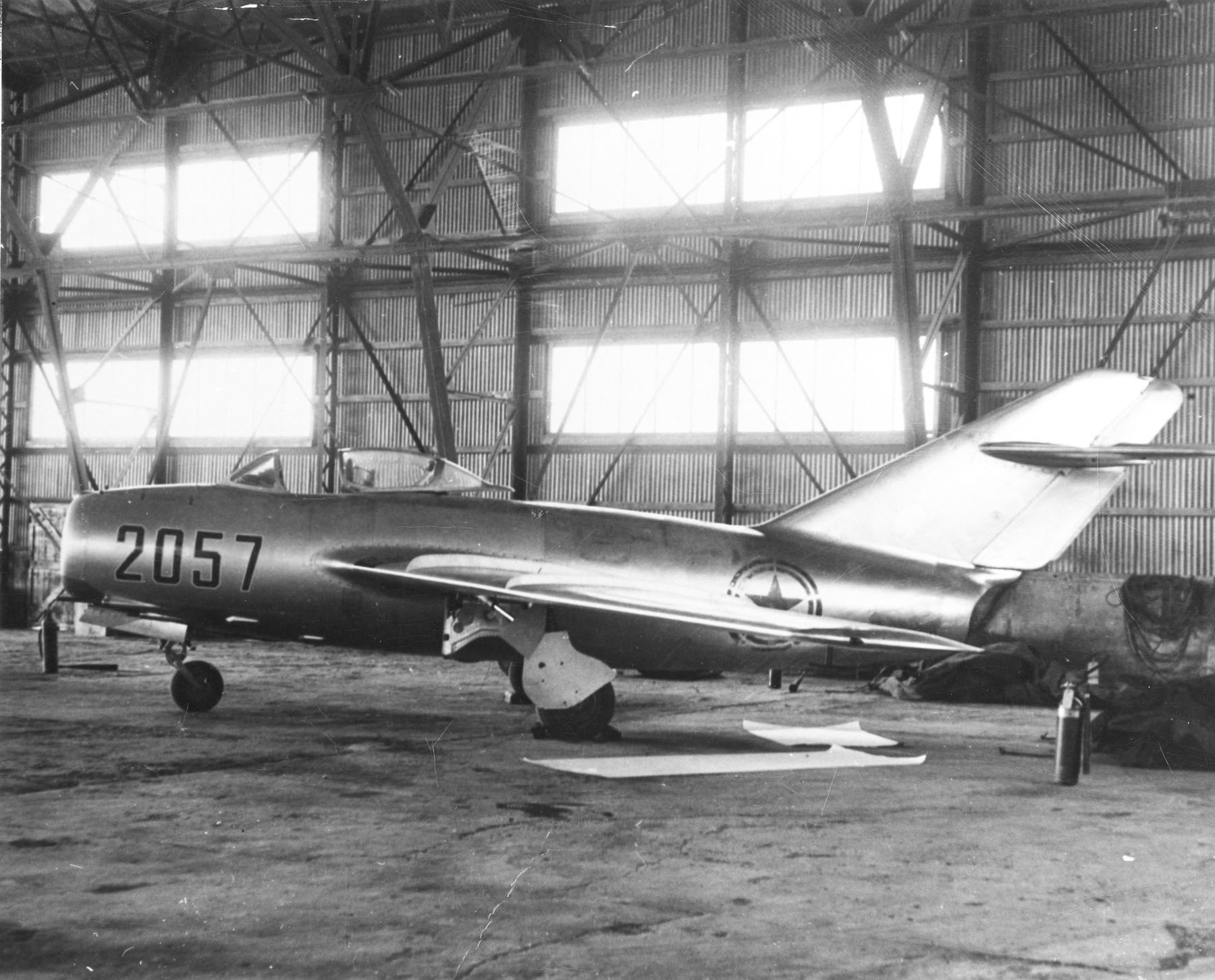 The MiG-15 played a vital role in halting an American advance / Wikipedia
The MiG-15 played a vital role in halting an American advance / Wikipedia
In reality the Russians were thumping the western air forces. Let’s take the engagements in the month of September 1951.
According to staff documents provided by the 64th Fighter Aviation Corps of the Soviet Air Forces, the pilots of the two Soviet divisions had downed 92 enemy planes, while losing only five of their own planes and two pilots. However, according to the American records, in the same period their losses amounted to six planes.
But according to post-Cold War research by Russian and foreign scholars, the number of western losses during September 1951 currently stands at 21 aircraft in combat against MiGs. Plus a minimum of an additional eight fighters were so severely damaged they may have never flown again.
Thus, even taking these extremely conservative figures, the ratio of losses between the two sides in the September battles is 4:1 in favor of the Russian pilots. However, western authors, historians and analysts stubbornly refuse to revise the exaggerated kill numbers of the USAF.
A similar controversy involved the Australians, who dispatched their 77th Squadron of Gloster Meteors to South Korea. On a cold December day while flying combat patrol, the Russians led by Kramarenko encountered as many as 20 of these British built aircraft.
It turned out to be black day for the Australians as the MiGs tore into the Gloster formations. Within seconds there were a dozen fires on the ground below – the wreckage of these hapless planes. There was a sole survivor who broke out of this hell to head home.
The Russians saw the fleeing Australian pilot, who seemed resigned to his fate and refused to offer combat. “It awoke pity in me,” Kramarenko writes.
“The Gloster ceased to be the enemy and I decided to let him go in peace. Let him go home to his aerodrome and tell of the fate of the rest of his comrades who had wanted to wipe out a Korean town, and whose planes were burning on the slopes near this town and its railway station!”
Kramarenko adds: “I’m still perplexed why the Americans had allowed these greenhorns to fight in obsolete planes without covering them with Sabres.”
Despite receiving such a mauling, the Australians believed they had shot down a MiG in this dogfight while losing only three of their aircraft. The Russians never encountered any more Glosters over the skies of Korea. In reality, the Australians were kept out of harm’s way by the Americans.
Moscow’s mistakes
The kill ratio of the Korean War would have been even greater in favor of the MiGs but for Soviet leader Joseph Stalin’s hare-brained decision to rotate entire fighter crews. Stalin, who did not understand air power, initially did not allow MiG-15s to take part in air combat over Korea.
As a result of Stalin’s order, the World War II Russian aces, who were notching up big kills in 1951, were replaced by young rookie pilots with little or no combat experience. This allowed the demoralized USAF back into the game and the Americans shot down dozens of Russian aircraft.
Another factor was the G-suit, which allowed American pilots to fly without exposing their body to the extreme forces that combat pilots are exposed to.
The Red Air Force lacked this vital accessory and consequently many Russians pilots had to stop flying for weeks or months in order to recover from combat stress.
Parity was restored once again when the original Russian batch of WW II heroes returned to Korea, but with Stalin’s death in 1953 the war was coming to a close.
Since this was not a battle for the homeland, none of the Russian pilots wanted to be the last one to die, and therefore there were no more epic air battles over the skies of Korea.
Rakesh Krishnan Simha is a New Zealand-based journalist and foreign affairs analyst, with a special interest in defence and military history. He is on the advisory board of Modern Diplomacy, a Europe-based foreign affairs portal. He tweets at @byrakeshsimha. The views expressed here are the author’s own and do not necessarily reflect those of RBTH.
Read more: MiG Alley: How the air war over Korea became a bloodbath for the West
If using any of Russia Beyond's content, partly or in full, always provide an active hyperlink to the original material.
Subscribe
to our newsletter!
Get the week's best stories straight to your inbox
